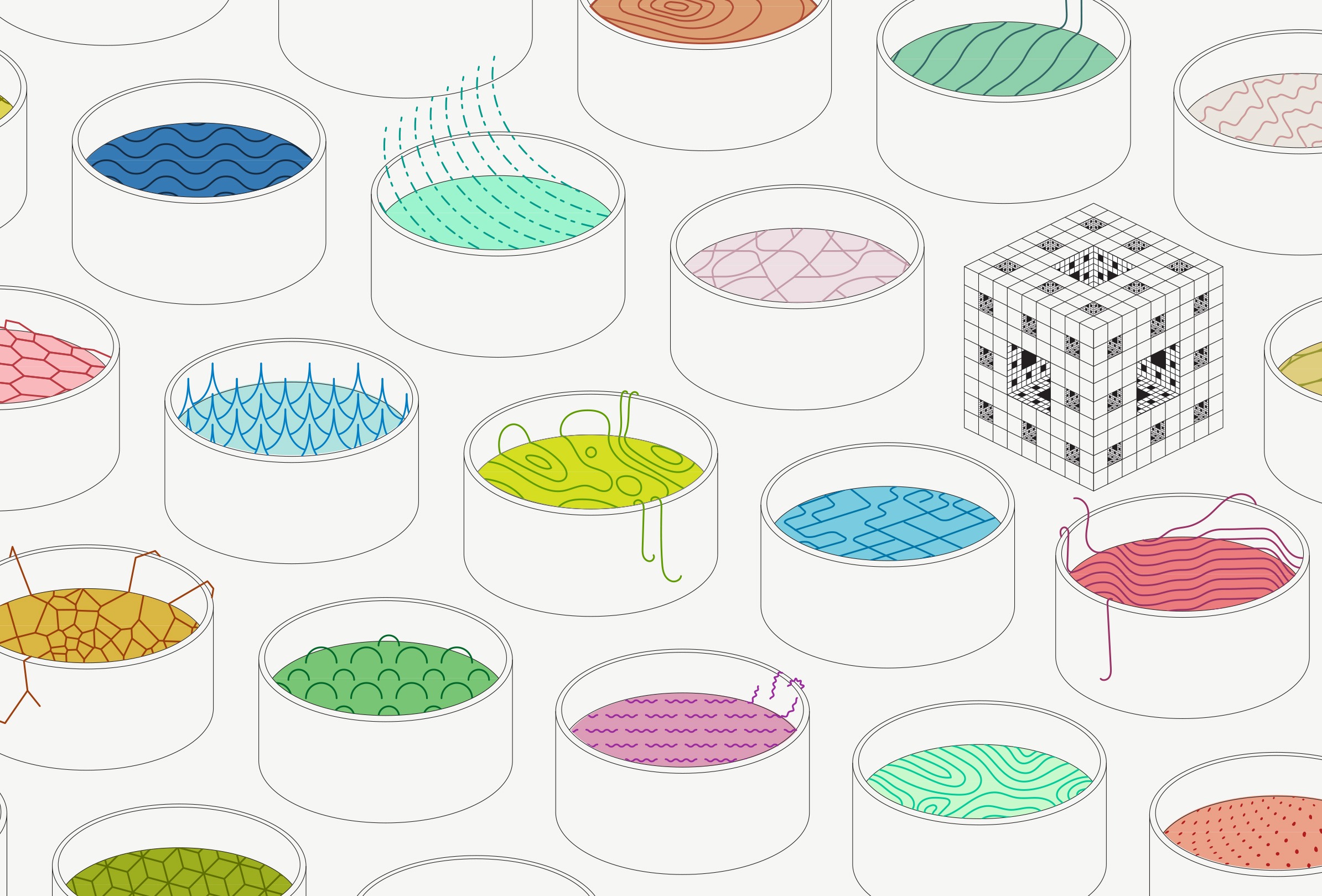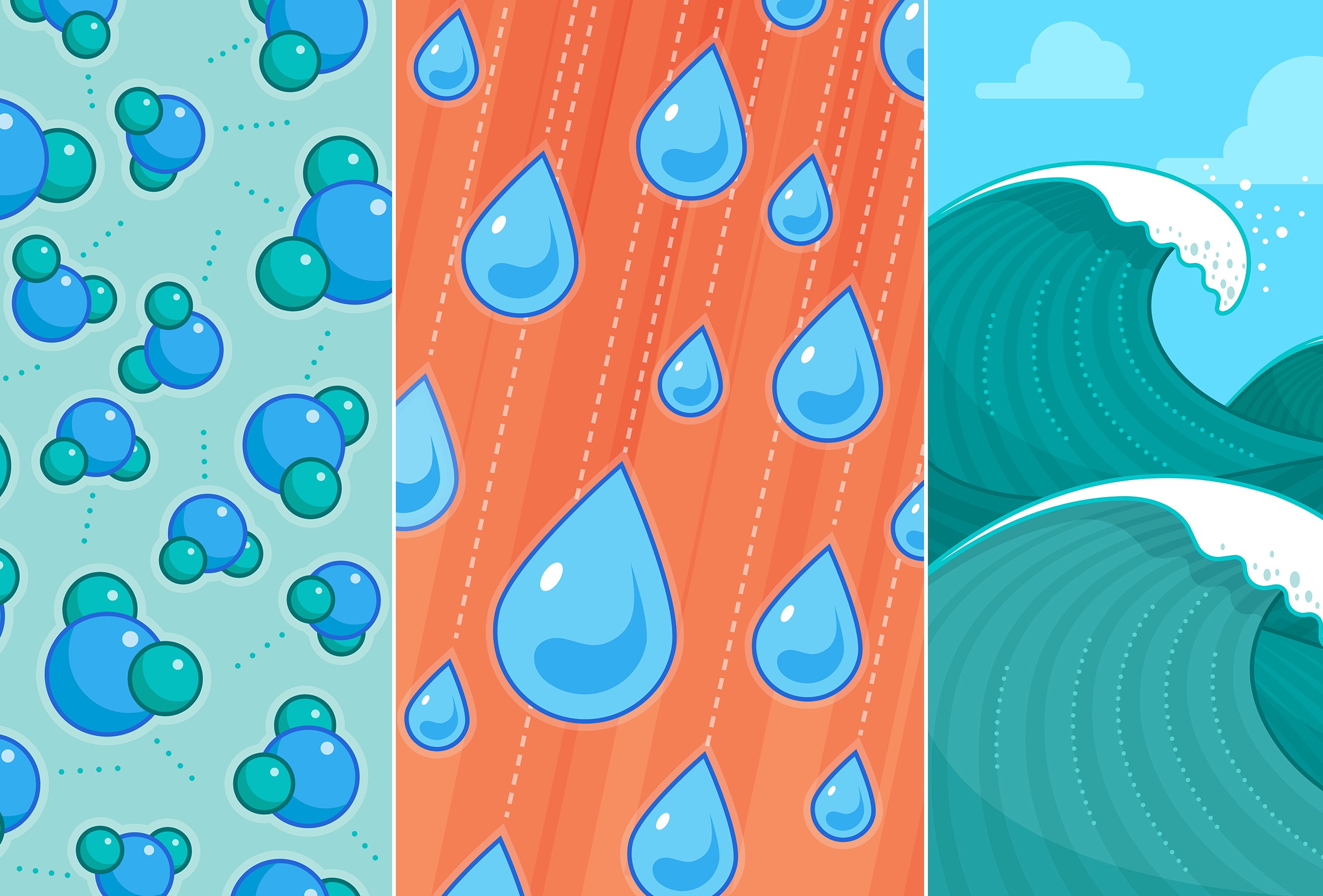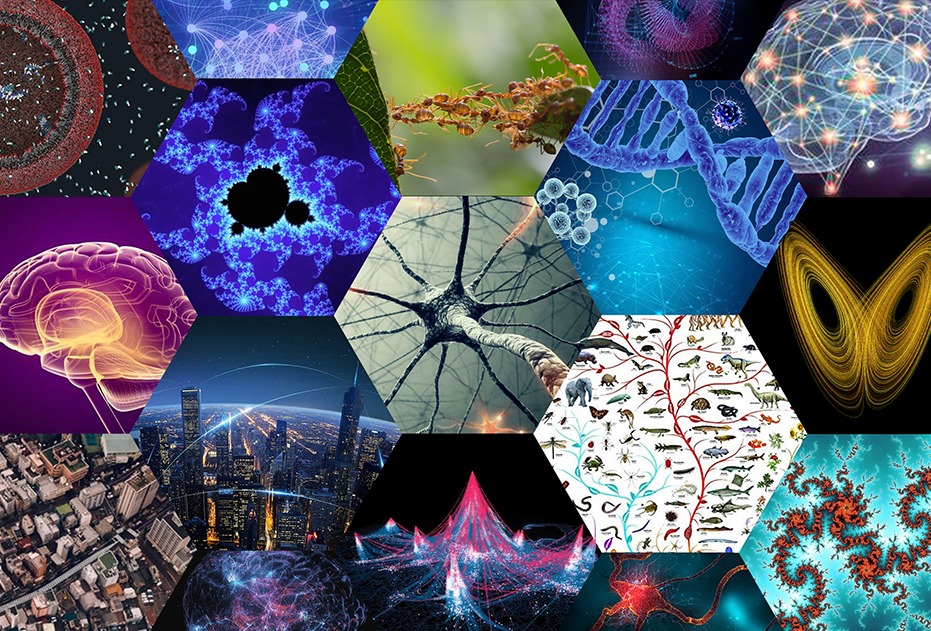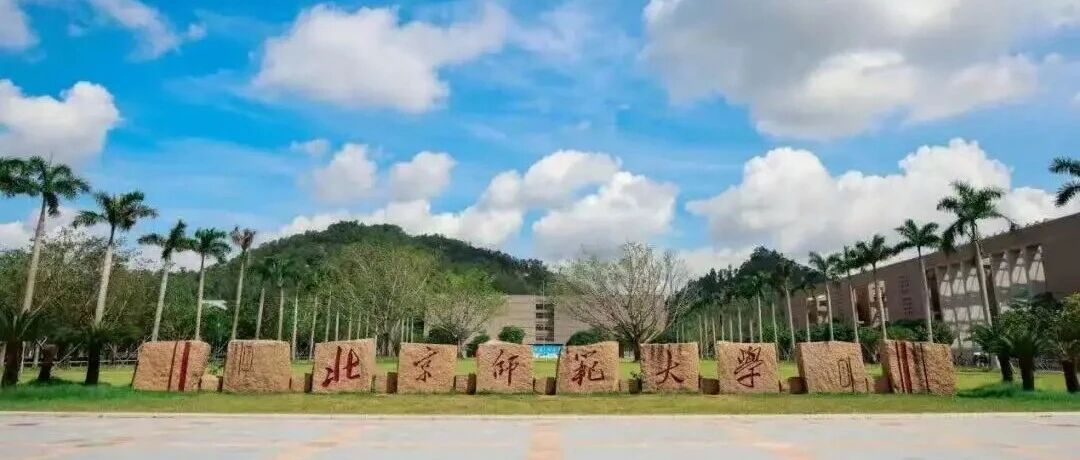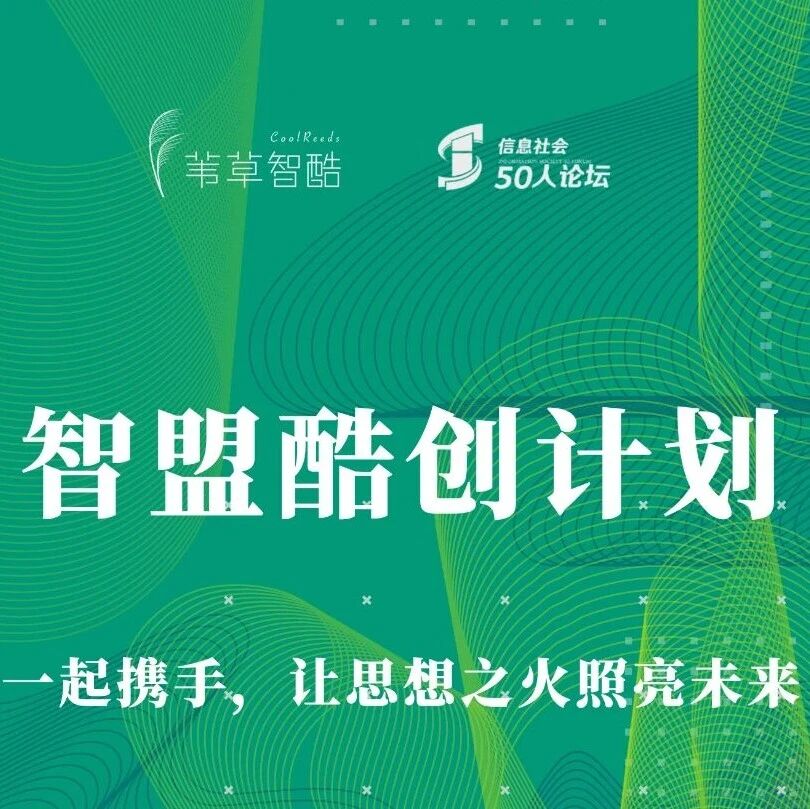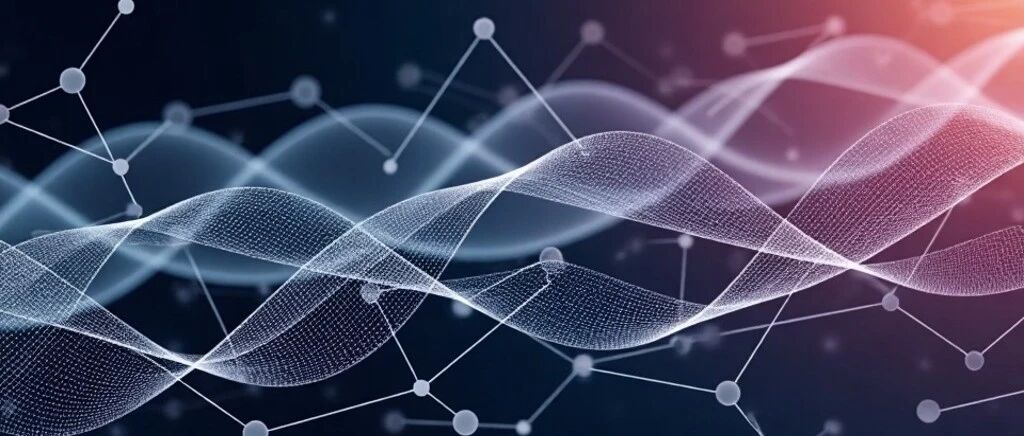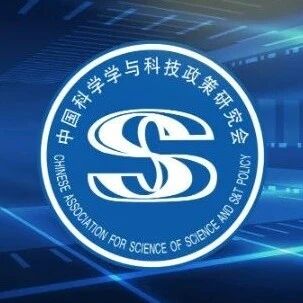量子信息与量子计算预读班:追踪量子信息革命交叉前沿
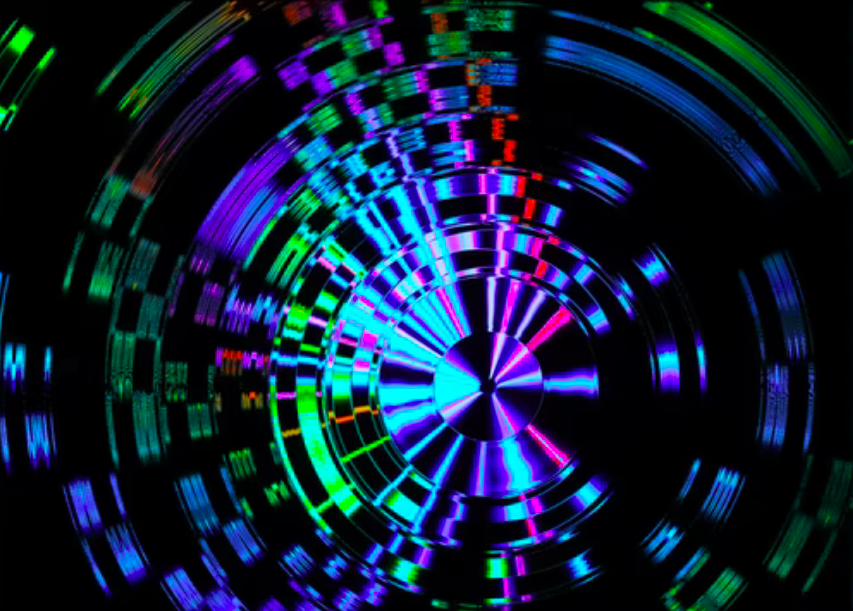
导语
量子信息是计算机、信息科学与量子物理相结合而产生的新兴交叉学科,将为人类提供后摩尔时代的技术,为二十一世纪信息科学的发展提供新的原理和方法。量子信息是现在的前沿方向,我们感受到以量子力学为基础的革命是颠覆性的,也将影响到未来的复杂性科学研究。
在集智-凯风研读营的支持下,集智组办本次量子信息与量子计算预读班。本次预读班由扈鸿业联合刘金国、郜勋、尤亦庄等一线研究者共同组织发起,将主要将聚焦在量子计算领域,对量子线路的经典模拟、量子计算与人工智能的交叉、量子模拟、量子噪声理论与纠错码等方面的论文进行研读与讨论。预读班将从2021年12月5日开始,预计持续13周。
本次预读班采用申请制的方式,有报名门槛,不收取费用。非常欢迎具有基本物理基础且对量子计算感兴趣的人和从事量子计算的年轻研究员申请加入。申请结果将以邮件形式通知。

背景
背景
近些年,对量子信息科学与技术的研究与商业投资逐渐进入新一轮的浪潮。利用中性原子、离子阱、超导系统、量子光学等技术,大量科研人员利用极具创造力的方式正在建造更加复杂,可靠的量子信息处理器。量子科技的发展不仅会加深我们对于复杂原子、分子体系的理解,还可能在不远的将来对信息加密、新能源电池设计、制药和人工智能等领域产生积极的影响,从而让科技更好地服务人类社会。
说起量子力学,可能大家的第一反应是晦涩难懂,并不知道它为什么会影响自己的生活。但实际上,量子技术已经对人们的生活产生了实际的影响,并且有数十年的应用了。比如全球定位系统(GPS)中利用到的原子钟,以及医疗中我们应用到的核磁共振(MRI)技术都有利用到量子力学的原理。
在新一轮量子信息革命中,量子计算作为一个重要的成员备受关注。当今时代被称之为数字时代,电子计算机作为数字时代的核心,可以被看做是一个基于比特0和1的算数机器。随着电子计算机硬件与软件的发展,计算的成本大大降低,计算机被广泛的应用到各个角落。比如你的手机,汽车中都存在着电子计算机。计算机的广泛应用,让我们的生活更加便利,更加智能。这些进步都依赖于电子芯片的制造在过去的几十年中一直遵循着摩尔定律,电子芯片上的晶体管每隔18个月将会翻一翻。但是晶体管被越做越小,终究有一天经典的物理规律将会失效,量子效应将会显现出来,这是人类不可避免的一个问题。
其次,电子计算机并不是无所不能的。其中经典计算机很难解决的一大问题被称为组合优化问题。你可以想象组合优化问题就是需要找到一个最好的规划方式,在满足条件的同时可以使得我们的目标最大化。比如货运公司希望能够在走最少的里程的情况下把双十一大家购买的商品尽早的送达。这些看起来很简单的问题对社会具有重大的意义,却是经典计算机很难处理的。
再比如量子材料和量子化学的模拟,我们希望通过模拟来提升我们对于这些体系的认知,从而对量子体系进行优化,比如设计更高效的电池。但是这些体系中存在着大量的量子效应,如何对其进行有效的模拟也是费曼早年提出量子计算机的初衷。
当然量子计算机的建造也不是一蹴而就的,因为量子体系的敏感性,如何减少外界环境对其的影响同时是理论和工程上的挑战。对于量子技术的蓬勃发展,我们应该保持理性乐观的态度,现在技术快速增长与资金投入和过去的20年理论与实验的默默耕耘是密不可分的。类比1940年代当人类构建出巨大的经典计算机后,大部分人都预言这样的计算机全世界只需要几台,没有人知道80年后这个发明对我们生活产生的巨大影响。现在的我们也很难预言量子计算机的出现,将会如何改变50年后的人类社会。这对于我们来说是一个机遇与挑战,我们相信新一轮的量子信息革命也终究会对我们的生活产生积极的影响。
在集智-凯风研读营项目的支持下,我们组办了本次量子信息与量子计算预读班。期间,我们将主要聚焦在量子计算领域,对量子线路的经典模拟、量子计算与人工智能的交叉、量子模拟、量子噪声理论与纠错码等方面的论文进行研读与讨论。希望能通过预读班的形式,能够吸引具有基本物理基础且对量子计算感兴趣的人(例如本科生)和量子计算的年轻研究员,研读硬核论文,激发科研灵感。
-
量子线路与量子过程的经典模拟 (efficient classical simulation of quantum circuit & quantum dynamics) -
量子纠错码 (quantum error-correction code) -
量子与智能 (Artificial intelligence meets quantum computing) -
量子时间晶体 (quantum time crystal) -
量子实验–光量子信息处理方向(quantum experiment–the direction of optical quantum information processing) -
量子基础 (quantum foundation) -
量子模拟 (quantum simulation) -
量子噪声理论 (quantum noise model and noise mitigation) -
量子算法及量子优势 (quantum algorithm and quantum advantage) -
量子程序的编译和优化(quantum compilation and optimization)
主题与时间安排
主题与时间安排
发起人
发起人
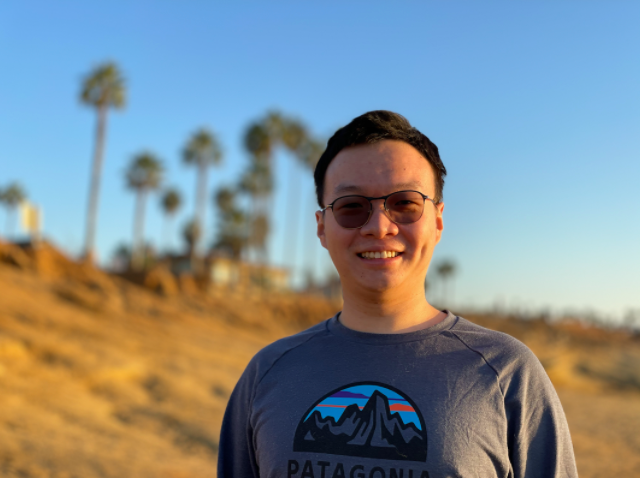
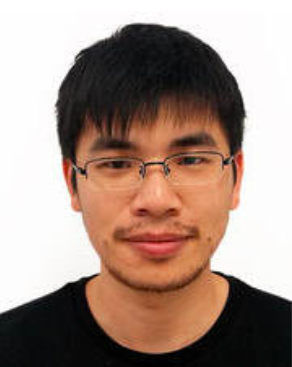
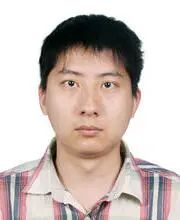
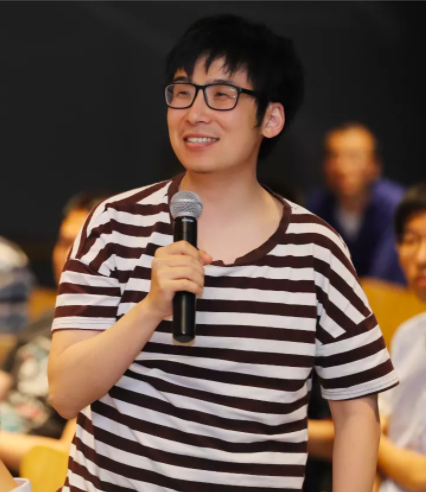
参与方式和时间
参与方式和时间
本次预读班适合的参与对象:
1. 大学物理专业的本科2、3年级水平,接触过量子力学
申请流程:
1. 填写报名表单:https://campus.swarma.org/form/quantum_mechanics (填写常用邮箱,能及时获取通知)
2. 加分项:提交个人简历一份,发送到邮箱:wangchaohui@swarma.org。需包括姓名、联系方式、所在高校/研究所/公司,研究方向/研究兴趣,介绍个人关于量子信息相关的知识背景、参与读书会的目的、希望获得等。

扫描二维码,填写报名表单
论文阅读清单
论文阅读清单
量子线路与量子过程的经典模拟(efficient classical simulation of quantum circuit & quantum dynamics)
1. 基于Yao的量子算法和量子线路模拟简介
量子与智能 (Artificial intelligence meets quantum computing)
-
Hsin-Yuan Huang, Richard Kueng, and John Preskill, “Predicting many properties of a quantum system from very few measurements,” Nature Physics 16, 1050–1057 (2020)
-
Hong-Ye Hu and Yi-Zhuang You, “Hamiltonian-Driven Shadow Tomography of Quantum States,” arXiv e-prints , arXiv:2102.10132 (2021)
-
Hong-Ye Hu, Soonwon Choi, and Yi-Zhuang You, “Classical Shadow Tomography with Locally Scrambled Quantum Dynamics”, arXiv: 2107.04817 (2021)
-
Senrui Chen, Wenjun Yu, Pei Zeng, Steven T. Flammia, “Robust shadow estimation”, arXiv:2011.09636 (2021)
-
Giacomo Torlai, and et al., “Neural-network quantum state tomography”. Nature Physics, 14, 447-450 (2018)
-
Xun Gao , Eric R. Anschuetz , Sheng-Tao Wang , J. Ignacio Cirac and Mikhail D. Lukin, “Enhancing Generative Models via Quantum Correlations”, arXiv: 2101.08354 (2021)
量子纠错码 (quantum error-correction code)
-
Roffe, Joschka. “Quantum error correction: an introductory guide.” Contemporary Physics 60.3 (2019): 226-245.
-
Breuckmann, Nikolas P., and Jens Niklas Eberhardt. “LDPC Quantum Codes.” arXiv preprint arXiv:2103.06309 (2021).
量子时间晶体(quantum time crystal)
-
F. Wilczek, Phys. Rev. Lett. 109, 160401 (2012).
-
A. Shapere and F. Wilczek, Phys. Rev. Lett. 109, 160402 (2012).
-
H. Watanabe and M. Oshikawa, Phys. Rev. Lett. 114, 251603 (2015).
-
V. K. Kozin and O. Kyriienko, Phys. Rev. Lett. 123, 210602 (2019).
-
T.-C. Guo and L. You, arXiv: 2008.10188
-
B. Buča, J. Tindall, and D. Jaksch, Nat. Commun. 10, 1730 (2019).
-
B. Buča and D. Jaksch, Phys. Rev. Lett. 123, 260401 (2019).
-
N. Y. Yao, A. C. Potter, I.-D. Potirniche, and A. Vishwanath, Phys. Rev. Lett. 118, 030401 (2017).
-
D. V. Else, C. Monroe, C. Nayak, and N. Y. Yao, Annual Review of Condensed Matter Physics 11, 467 (2020).
-
J. Zhang, P. W. Hess, A. Kyprianidis, P. Becker, A. Lee, J. Smith, G. Pagano, I.-D. Potirniche, A. C. Potter, A. Vishwanath, N. Y. Yao, and C. Monroe, Nature (London) 543, 217 (2017).
-
S. Choi, J. Choi, R. Landig, G. Kucsko, H. Zhou, J. Isoya, F. Jelezko, S. Onoda, H. Sumiya, V. Khemani, C. von Keyserlingk, N. Y. Yao, E. Demler, and M. D. Lukin, Nature (London) 543, 221 (2017).
-
A. Riera-Campeny, M. Moreno-Cardoner, and A. Sanpera, Quantum 4, 270 (2020).
-
B. Huang, Y.-H. Wu, and W. V. Liu, Phys. Rev. Lett. 120, 110603 (2018)
-
Estarellas, M. P., et al. “Simulating complex quantum networks with time crystals.” Science advances 6.42 (2020): eaay8892.
-
Mi, Xiao, et al. “Observation of time-crystalline Eigenstate order on a quantum processor.” arXiv preprint arXiv:2107.13571 (2021).
量子实验–光量子信息处理方向(quantum experiment–the direction of optical quantum information processing)
-
Experimental exchange of grins between quantum Cheshire cats, Nat. Comm. 11, 3006 (2020)
-
Realization of a deterministic quantum Toffoli gate with a single photon, Phys. Rev. A. 103, 022606 (2021)
-
Observation of emergent momentum–time skyrmions in parity–time-symmetric non-unitary quench dynamics, Nat. Comm. 10, 2293 (2019)
-
Quantum verification of NP problems with single photons and linear optics, Light: Science Applications, 10, 169 (2021)
-
Experimental quantum fast hitting on hexagonal graphs, Nat. Phys. 12, 754 (2018)
量子基础(quantum foundation)
Axiomatic approaches
-
Popescu, Sandu, and Daniel Rohrlich. “Quantum nonlocality as an axiom.” Foundations of Physics 24.3 (1994): 379-385.
-
Chiribella, Giulio, Giacomo Mauro D’Ariano, and Paolo Perinotti. “Informational derivation of quantum theory.” Physical Review A 84.1 (2011): 012311.]
-
Frauchiger, Daniela, and Renato Renner. “Quantum theory cannot consistently describe the use of itself.” Nature communications 9.1 (2018): 1-10.
Contextuality
-
Howard, Mark, et al. “Contextuality supplies the ‘magic’for quantum computation.” Nature 510.7505 (2014): 351-355.
-
Spekkens, Robert W. “Contextuality for preparations, transformations, and unsharp measurements.” Physical Review A 71.5 (2005): 052108.
-
Raussendorf, Robert. “Contextuality in measurement-based quantum computation.” Physical Review A 88.2 (2013): 022322.
Causality
-
Barrett, Jonathan, Robin Lorenz, and Ognyan Oreshkov. “Cyclic quantum causal models.” Nature communications 12.1 (2021): 1-15.
-
Allen, John-Mark A., et al. “Quantum common causes and quantum causal models.” Physical Review X 7.3 (2017): 031021.
-
Allen, John-Mark A., et al. “Quantum common causes and quantum causal models.” Physical Review X 7.3 (2017): 031021.
Non-locality
-
Brunner, Nicolas, et al. “Bell nonlocality.” Reviews of Modern Physics 86.2 (2014): 419.
-
Popescu, Sandu, and Daniel Rohrlich. “Quantum nonlocality as an axiom.” Foundations of Physics 24.3 (1994): 379-385.
-
Hardy, Lucien. “Nonlocality for two particles without inequalities for almost all entangled states.” Physical Review Letters 71.11 (1993): 1665.
Relativistic quantum info
-
Kent, Adrian. “A no-summoning theorem in relativistic quantum theory.” Quantum information processing 12.2 (2013): 1023-1032.
-
Hardy, Lucien. “Towards quantum gravity: a framework for probabilistic theories with non-fixed causal structure.” Journal of Physics A: Mathematical and Theoretical 40.12 (2007): 3081.
Categorical semantics
-
Abramsky, Samson, and Bob Coecke. “A categorical semantics of quantum protocols.” Proceedings of the 19th Annual IEEE Symposium on Logic in Computer Science, 2004.. IEEE, 2004.
-
Coecke, Bob, and Eric Oliver Paquette. “Categories for the practising physicist.” New structures for physics. Springer, Berlin, Heidelberg, 2010. 173-286.
Broader sense:
-
Resource theory
-
Quantum thermodynamics
量子模拟 (quantum simulation)
Quantum Simulation, I. M. Georgescu, S. Ashhab, and Franco Nori, Rev. Mod. Phys. 86, 153 (2014)
量子程序编译和优化(quantum program compilation and optimization)
关于“集智-凯风研读营”
关于“集智-凯风研读营”
-
Nature:微观量子自旋系统中涌现出宏观经典现象 -
量子联结:高能物理、凝聚态物理和量子信息之间的联系 -
Science:迈向量子互联网 -
尤亦庄:量子纠缠,时空几何与机器学习 -
跨越物理、信息、计算——量子信息技术领域 5 万篇论文全景分析 -
如何把量子计算机调教成终极随机数生成器? -
物理学家要失业?机器学习能自学量子力学! -
量子 VS. 经典:狂热之后,重新思考量子计算机的价值 -
对称性与拓扑序:新型量子计算机的物理基础
点击“阅读原文”,填写报名表单

